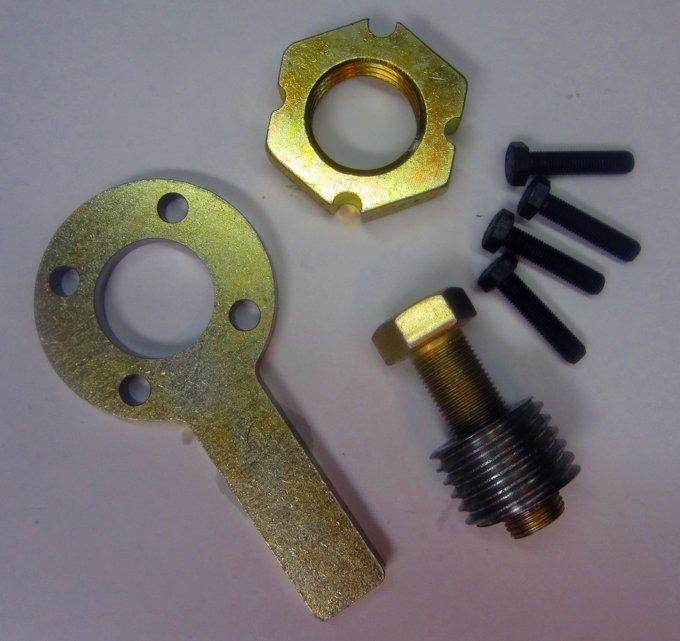DonTom
Member
I recently replaced the clutch in my 1971 R75/5 which I thought would be a very good time to replace the rear tranny end gasket, which had a very small leak of gear oil. So I got the flange nut off with no problem--but I used an electric impact wrench that took it off in a few seconds. I hope that didn't screw anything up--because here is the rest of the story.
Next, I got the flange removal tool from NorthWest Airheads and tried to pull out the flange. It didn't budge and started to strip the bolts used with the tool because of all the pressure.
I then decided to give up and bring the tranny to somebody who knows what they are doing--an authorized BMW dealer.
The next day they call me and tell me that they are having the exact same problem I had. It's destroying their tools too, from trying to get my output flange off.
I wish I never even touched the tranny. I expected this to be a simple job. Could I have caused such a problem with that impact wrench or is this thing just stuck from being on there for 44 or so years?
Anyway, it's now in the hands of a BMW dealer.
-Don- Reno, NV
Next, I got the flange removal tool from NorthWest Airheads and tried to pull out the flange. It didn't budge and started to strip the bolts used with the tool because of all the pressure.
I then decided to give up and bring the tranny to somebody who knows what they are doing--an authorized BMW dealer.
The next day they call me and tell me that they are having the exact same problem I had. It's destroying their tools too, from trying to get my output flange off.
I wish I never even touched the tranny. I expected this to be a simple job. Could I have caused such a problem with that impact wrench or is this thing just stuck from being on there for 44 or so years?
Anyway, it's now in the hands of a BMW dealer.
-Don- Reno, NV



